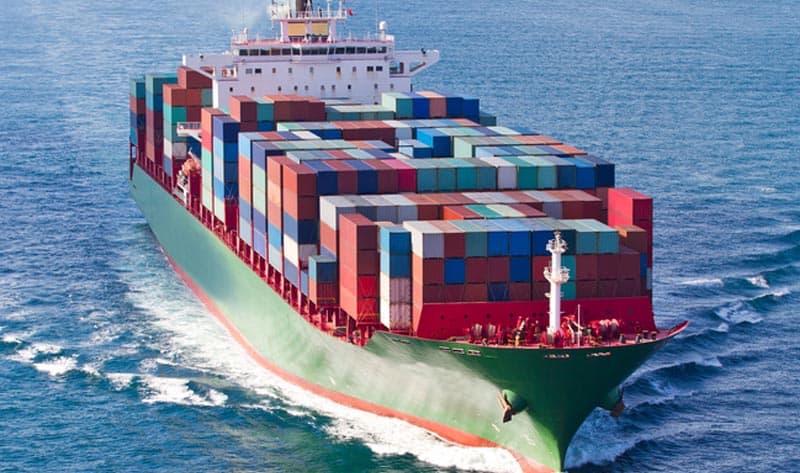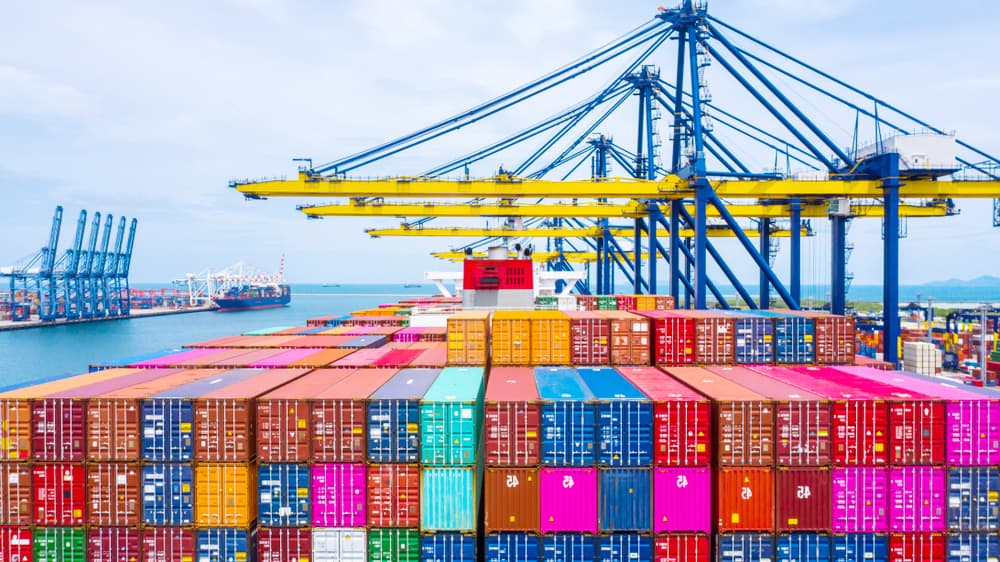As businesses expand globally, sourcing raw materials such as fabrics from overseas suppliers has become more common. Overseas fabric sourcing can be a daunting task for many companies. Different languages, cultures, time zones, quality standards, and other issues make it challenging to find the right supplier and ensure timely delivery of high-quality fabrics. This guide aims to provide a comprehensive overview of the pain points associated with overseas fabric sourcing and offer practical solutions to overcome them.

Language Barriers
Language barriers can make communicating about fabric sourcing from overseas challenging, especially when discussing critical elements such as fiber content, color fastness, finishing techniques, quality standards, lead time, production capacity, and other requirements.
When discussing this kinds of order key point,To overcome language barriers when discussing fabric sourcing from overseas, it is essential to work with suppliers who have excellent English language skills or hire an interpreter if necessary. Another solution is to use translation software or apps to help facilitate communication. By addressing language barriers and ensuring clear communication, businesses can mitigate risks and ensure successful fabric sourcing from overseas suppliers.
Cultural Differences
Cultural differences can pose a significant challenge when sourcing fabrics from overseas suppliers. Communication styles, business practices, and expectations can vary greatly between different cultures. For example, negotiating aggressively may be customary in some cultures, while it may be considered impolite in others. This can lead to misunderstandings and potentially damage business relationships.
To overcome cultural differences, it is important to be aware of and understand the cultural norms and practices of the supplier’s country. This includes understanding how negotiations are typically conducted, how business relationships are established and maintained, and how decisions are made. Adjusting your approach accordingly can help ensure that communication is clear and respectful.

Time Zone Differences
Time zone differences can be a significant challenge when sourcing fabrics from overseas suppliers. The time difference between your location and the supplier’s location can result in delays in communication and potentially prolong the sourcing process. For example, when it is daytime in your location, it may be nighttime in the supplier’s location, and vice versa.
To overcome time zone differences, it is essential to establish clear communication protocols with your supplier. This includes setting expectations for response times and ensuring that both parties have a shared understanding of when communication can be expected. For example, scheduling regular check-ins at a mutually agreed-upon time can help ensure that communication is consistent and efficient.
It is also important to be aware of local holidays and cultural events that may affect the supplier’s availability. For example, in some cultures, certain days or weeks may be observed as holidays or may have reduced business hours. Understanding these nuances can help ensure that expectations are realistic and that communication is efficient.

Limited Visibility into Supplier Operations
Limited visibility into supplier operations can be a significant challenge when sourcing fabrics from overseas. Businesses may not have the opportunity to visit the supplier’s factory or inspect the fabrics in person, which can make it difficult to assess quality and ensure that the supplier is following ethical and environmental standards.
To overcome this challenge, it is crucial to work with suppliers who are transparent about their operations and are willing to provide documentation to prove compliance. This includes documentation such as ISO certificates, testing reports, and audits from third-party organizations. Requesting documentation and conducting due diligence can help ensure that the supplier meets the necessary standards and that the product is of high quality.

Quality Control Issues
Quality control issues can present significant challenges when sourcing fabrics from overseas suppliers. It can be difficult to ensure that the fabrics meet the required quality standards, especially if you are unable to inspect them in person. Poor quality fabrics can result in delays, extra costs, and damage to your reputation if the end products are not up to par.
To overcome quality control issues, it is crucial to establish clear quality standards with your supplier. This includes outlining specific requirements for factors such as fiber content, color fastness, strength, and durability. Confirming that your supplier can meet these requirements and providing documentation to prove compliance can help ensure that the fabrics meet the necessary quality standards.
Working with reputable suppliers who have a proven track record of producing high-quality fabrics is also essential. Conducting research on the supplier’s history, reputation, and past projects can provide valuable insights into their ability to meet quality standards.

.
Limited Payment Options
When sourcing fabrics from overseas suppliers, several challenges can arise, including language barriers, cultural differences, limited visibility into supplier operations, time zone differences, and quality control issues. Additionally, limited payment options can also present significant challenges, as not all suppliers accept the same payment methods.
To overcome payment challenges, it is crucial to work with suppliers who accept your preferred payment method and have a secure payment system. Establishing clear communication and expectations regarding payment terms and deadlines is also critical. This includes outlining payment deadlines, invoicing procedures, and any fees associated with payment methods.
For regular orders with established suppliers, it may be possible to negotiate more favorable payment terms such as an AO LC or other similar arrangements. This can help build a good relationship with the supplier and provide more flexibility in payment options.

Shipping and Logistics Challenges
Coordinating the shipment of fabrics from the supplier’s location to your location can be difficult, particularly if the fabrics need to be transported by air or sea freight. This can result in additional costs, delays, and potential damage to the fabrics.
To overcome shipping and logistics challenges, it is crucial to work with reliable freight forwarders and establish clear shipping and delivery protocols. This includes confirming that the freight forwarder has experience in shipping fabrics and can provide references to ensure they have a track record of safe and reliable transportation.
By working with reliable freight forwarders, establishing clear shipping and delivery protocols, and utilizing third-party inspection services, businesses can overcome shipping and logistics challenges and ensure successful fabric sourcing from overseas suppliers.

High Transportation Costs
High transportation costs are a significant pain point when sourcing fabrics from overseas. Shipping fabrics by air or sea freight can be costly, and these costs can add up quickly, impacting the overall cost of sourcing fabrics from overseas.
Consolidating shipments involves combining multiple shipments from different suppliers into one larger shipment. This can help reduce transportation costs and simplify the logistics of shipping fabrics. However, it is essential to work with reliable freight forwarders who can manage the consolidation process and ensure that the fabrics are delivered on time and in good condition.
Another solution is to explore alternative transportation methods such as shipping by rail or truck. These options may be more cost-effective for certain regions or types of fabrics, but it is important to conduct thorough research and consider any additional costs and risks associated with these methods.

Customs and Tariff Issues
Customs and tariff issues can also be a significant challenge when sourcing fabrics from overseas. Different countries have different regulations and tariffs, which can result in additional costs and delays. It is essential to understand the customs and tariff regulations in both your country and the supplier’s country and work with customs brokers to navigate these regulations.
Intellectual Property Rights Infringement
Intellectual property rights infringement can be a significant risk when sourcing fabrics from overseas. It can be challenging to ensure that the fabrics you are sourcing do not infringe on any patents, trademarks, or copyrights. This can result in legal action, reputational damage, and financial losses. It is crucial to work with reputable suppliers who respect intellectual property rights and conduct due diligence to ensure that the fabrics are legal and ethically sourced.
Lack of Trust and Transparency
Lack of trust and transparency can be a significant pain point when sourcing fabrics from overseas. It can be challenging to establish a relationship of trust with suppliers who are located far away and have different cultural and business practices. This can lead to delays, misunderstandings, and potential fraud. It is essential to work with suppliers who are transparent about their operations and have a proven track record of delivering high-quality fabrics on time.

Solutions to Overcome Pain Points in Overseas Fabric Sourcing
- Work with suppliers who have excellent English language skills or hire an interpreter if necessary.
- Be aware of cultural differences and adjust your approach accordingly.
- Establish clear communication protocols and set realistic expectations about response times.
- Work with suppliers who are transparent about their operations and are willing to provide documentation to prove compliance.
- Establish clear quality standards, work with suppliers who have a proven track record of producing high-quality fabrics, and use third-party inspection services if necessary.
- Work with suppliers who accept your preferred payment method and have a secure payment system.
- Work with reliable freight forwarders and establish clear shipping and delivery protocols.
- Understand the customs and tariff regulations in both your country and the supplier’s country and work with customs brokers to navigate these regulations.
- Conduct due diligence to ensure that the fabrics are legal and ethically sourced.
- Work with suppliers who have a proven track record of delivering high-quality fabrics on time and establish a relationship of trust.
Conclusion
Overseas fabric sourcing can be a complex and challenging process, but by understanding the pain points and implementing practical solutions, businesses can successfully source high-quality fabrics from overseas suppliers. By working with reputable suppliers, establishing clear communication protocols, and conducting due diligence, businesses can mitigate risks and ensure timely delivery of high-quality fabrics.
























